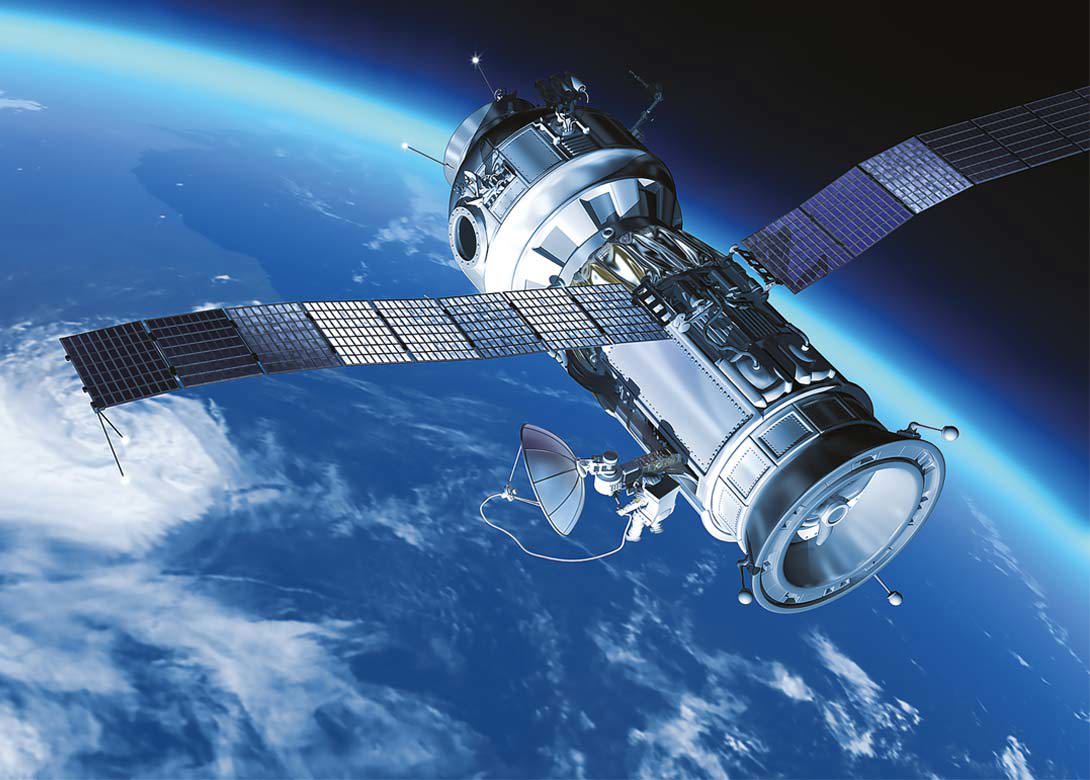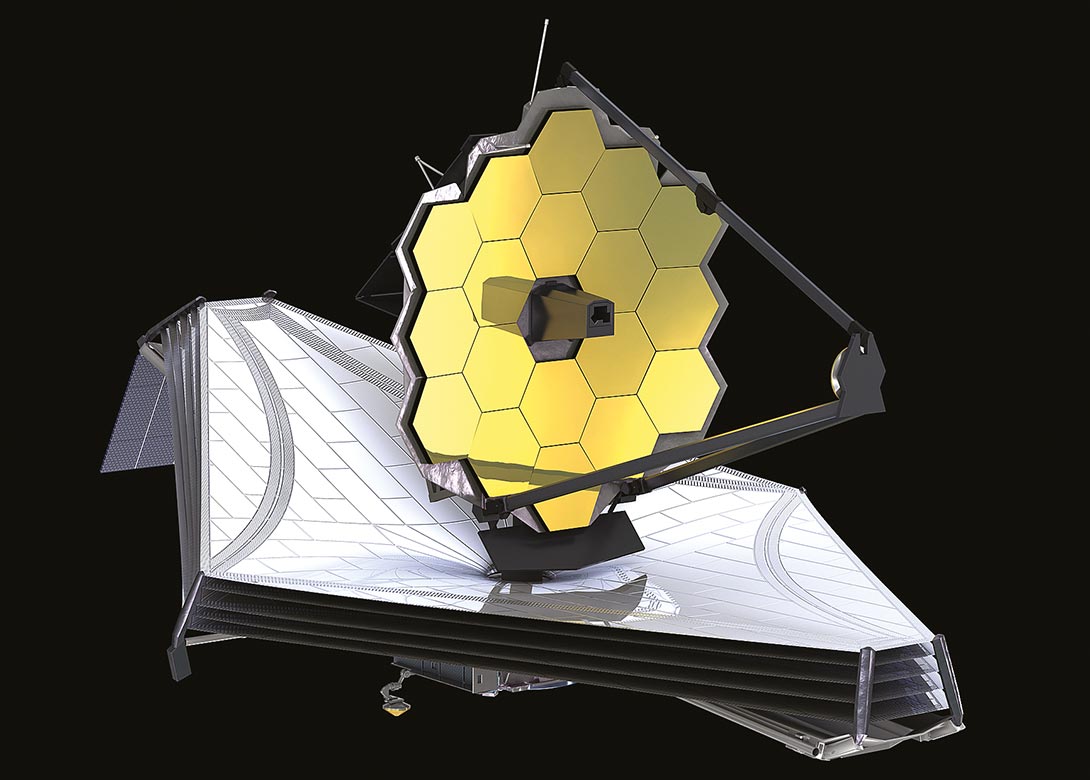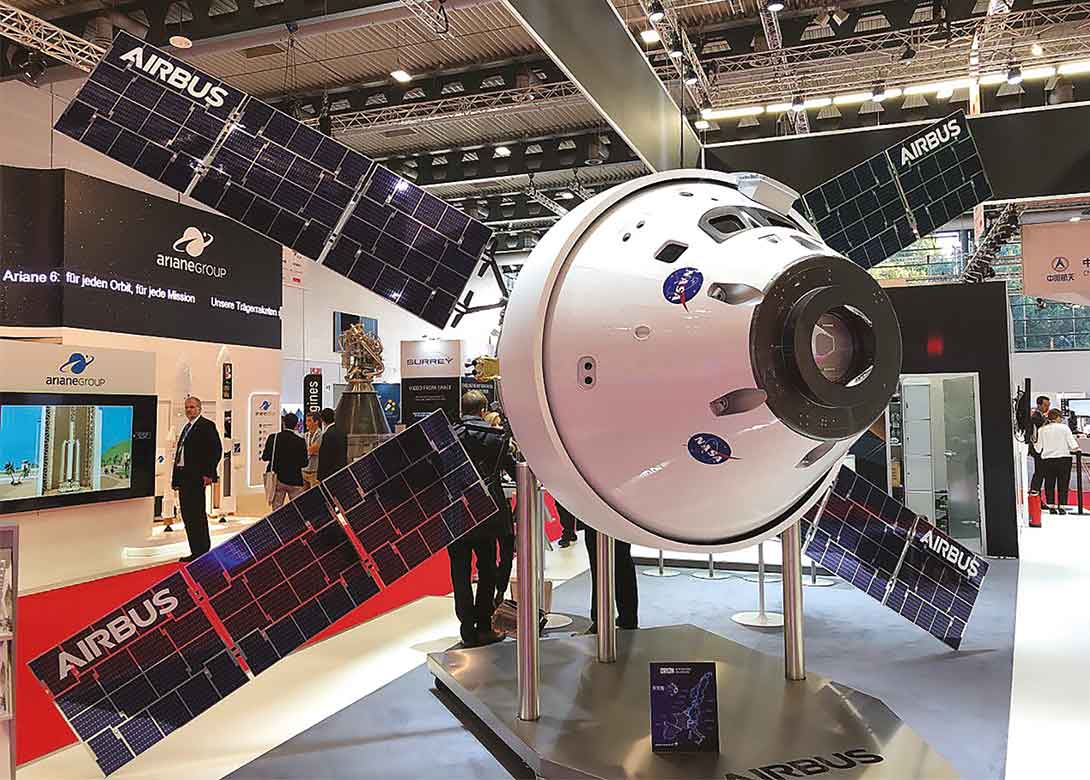
By Ian Parker, freelancer, ianfliesrussian@aol.com
The global space industry is booming and the demand for top quality fasteners is rising with it.
Worldwide, the space industry is thriving. Virgin Galactic recently flew its SpaceShipTwo to the edge of space and there are two other competitors in space tourism, Elon Musk and Jeff Bezos, so that market is about to get going, with hundreds of passengers either paid up or having expressed an interest. Israel also has a privately-funded mission to the Moon (unmanned) and even the tiny Grand Duchy of Luxembourg last year (2018) announced that it had formed a space agency.
The space business is finally moving away from the government funded programmes of the last 50 years towards profitable private initiatives. It’s been a long time coming and age-hardened space protagonists (such as myself) are breathing a huge sigh of relief that what we said would happen, is finally happening.
The opportunities for suppliers are huge. But to be a supplier to the space business, your quality control and adherence to requirements must be second to none, even when compared with its nearest relative, aviation. There’s one big reason – most spacecraft and launchers cannot be reached or returned for maintenance. If something goes wrong in space, or on the way up, ground controllers usually have only the data uplink to put things right. Great things can be done with that, but it doesn’t go as far as tightening a loose fastener.
So spacecraft are rigorously tested on the ground where the stresses of launch and the severe environment of space are simulated to discover any weaknesses. Sometimes, the fasteners are found wanting. Last summer, NASA delayed launch of the James Webb Space Telescope to no earlier than 2021, due to fastener problems discovered during testing – some shook loose on the sun shield covers.
Webb programme director, Greg Robinson, said: “This is an example of why space systems are thoroughly and rigorously tested on the ground to uncover imperfections and fix them prior to launch.”
He added: “NASA is reviewing options for repair and the next steps in spacecraft element launch environmental testing. The team is reviewing the test data and hardware configuration and is actively working towards corrective action in the near future. We expect to get back to the environmental test flow shortly and continue to move safely and methodically toward mission success.”
In tests at Northrop Grumman, the spacecraft element of the telescope – which includes the folded-up sunshield and support platform, but not the optics or scientific instruments – underwent two environmental tests.
One test simulated the mechanical shock caused by separation of the telescope’s payload adapter after launch. Another test subjected the spacecraft element to the extreme sound and resulting vibration that are associated with the launch. After the acoustic test, inspectors found that the fasteners designed to hold the sunshield in place during launch had come loose.
Were the fasteners faulty or did the problem lie in their choice and fitting? Of course, fastener suppliers are not always in control of how their fasteners will be used and even exactly where they are going to be applied. Good communications are important to avoid problems.

Another test sequence
The European Service Module for NASA’S spaceship Orion is currently being tested at Airbus Space systems in Bremen, Germany.
Recently, the solar wings of the European Service Module that will power the Orion spacecraft were on a shaker table. They were exposed to launch vibrations and intense acoustic excitation at The European Space Agency’s (ESA) Technical Centre in the Netherlands, to ensure they can survive the loud and shaky ride into space.
Having successfully passed these tests, the wings were moved to an Airbus clean room in Leiden, the Netherlands, for deployment testing. The solar wings are folded for launch but need to unfold once the Orion spacecraft is in space to start converting solar rays into electricity. The performance of fasteners in this operation is crucial – if the wings stick, an entire mission can be lost.
The fully deployed wings passed those tests as well, deploying in under two minutes, well within the 5 minute requirement. With the flick of a switch, thermal knives were energised, cutting through restraint cables to release the hold-downs in pairs. ESA’s contribution to the Orion spacecraft provides power, propulsion, water, and air.
The first mission will take Orion around the Moon without astronauts and is scheduled for a 2019 launch. The solar panels will be folded inside the rocket fairing. Once released from NASA’s Space Launch System rocket they will unfold and rotate towards the Sun to start delivering power.
Tough requirements
According to Tachart Ltd of Rotherham (trading as Bolt and Nut Manufacturing), the key to fasteners for space is a strict adherence to specifications and the recording of dimensional data with high-quality workmanship. Full material traceability is usually specified for materials originating in the European Union. Prompt delivery is required and sometimes prototypes are requested prior to bulk delivery. Non-disclosure agreements are also quite common.
The company says that selected materials offer strength over weight advantage and therefore production methods such as thread rolling are used. As with Formula 1, residual swarf or loose metal clippings are of concern, so wire or spark erosion methods are often used.
Alloys usually range from strain-hardened austenitic, super austenitic, or duplex stainless steels. Age hardened titanium alloys are often specified as are some nickel alloys in certain circumstances.
Tachart’s typical fasteners for spacecraft include socket head capscrews, low head socket head capscrews, socket set screws, hex bolts, hexagon screws, bi-hex bolts, nuts, lock nuts, all-metal prevailing lock nuts, and plain, spring and serrated locking washers.
Typical size range is M2.5 – M12 and typical testing includes PMI, mechanical, proof load, ultrasonic, magnetic particle MPI, dye penetrant DPI, and dimensional inspection.
Typical materials used by the company include AMS 5662/AMS 5663 (N07718), AISI 321/321S31, ISO 3506 A2-80, ISO 3506 A2-100, ISO 3506 A4-80, ISO 3506 A4-100, Ti Grade 5, Ti6Al4V, AMS4928, AlR9183, Ferralium 225, Uranus B6, Uranus 25L and Uranus S1.

How will the space industry continue to expand?
According to US company, Grand View Research Inc, the global satellite payload market is expected to reach US$21.8 billion by 2025. The market is expected to witness a compounded annual growth rate (CAGR) of 7.9% over the forecast period.
The growing popularity of communication and broadcasting services has led providers to develop advanced payload systems. Moreover, the increased penetration of payloads in the commercial sector is expected to propel the market demand.
The market is expected to witness significant growth due to a great rise in the ordering and manufacturing of vast constellations of satellites for Earth observation and telecommunication. Incremental improvements in launch operations and vehicle design are enabling a reduction in time for the manufacturing of payloads. Moreover, the evolution of small satellites is leading to the production of smaller payloads to reduce launch costs.
The need for geospatial tracking and positioning in the commercial sector is expected to drive the demand for satellite payloads over the forecast period. The emergence of high throughput satellites has resulted in high data rate satellite transmission capability, which in turn is creating new opportunities for enhanced applications such as military, navigation, and commercial sectors.






